Mirasol peppers range from 50,000-100,000 SHU—hotter than cayenne but milder than habanero—offering earthy, fruity notes perfect for authentic Mexican sauces. This guide answers exactly what you need: how hot they are, where to buy them, best substitutes, and simple preparation methods for home cooking. Skip the fluff and get straight to practical information that works in real kitchens.
Table of Contents
- What Are Mirasol Peppers? (With Visual ID Guide)
- Heat Level Comparison: How Hot Are They Really?
- Where to Buy Mirasol Peppers: Fresh vs. Dried Options
- Best Substitutes When You Can't Find Them
- 3 Simple Preparation Methods Anyone Can Do
- 3 Easy Recipes Ready in Under 30 Minutes
- Storage Tips: Keep Them Fresh Longer
- Health Benefits: What Science Actually Says
- FAQ: Quick Answers to Top Questions
What Are Mirasol Peppers? (With Visual ID Guide)
Mirasol peppers (chile mirasol) are distinctive Mexican chilies known for their unique upward-growing pattern—"mirasol" means "looking at the sun" in Spanish. Unlike most peppers that hang down, they point skyward on the plant, making them easy to identify in gardens.
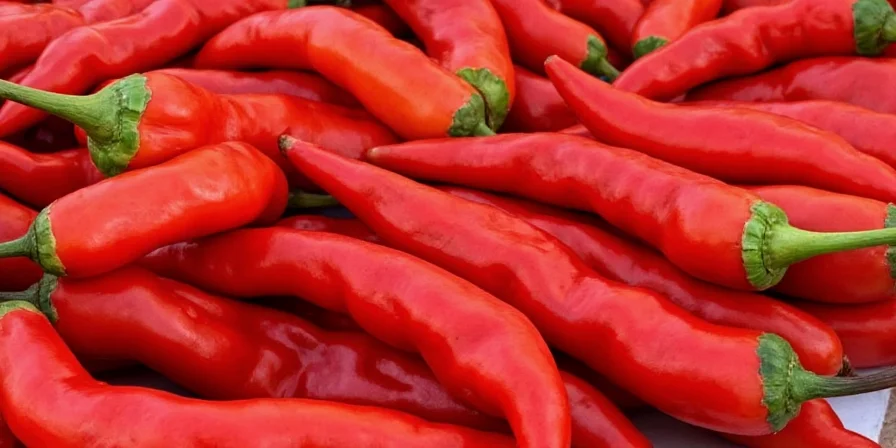
Key identification features:
- Smooth, glossy skin with tapered shape
- Red or orange color when ripe (fresh)
- Distinctive upright growth habit on the plant
- Medium length (3-5 inches) with thin walls
Heat Level Comparison: How Hot Are They Really?
Understanding mirasol heat is crucial for cooking success. At 50,000-100,000 Scoville units, they're significantly hotter than common kitchen staples but milder than extreme chilies.
| Pepper Type | Scoville Heat Units | Real-World Comparison |
|---|---|---|
| Mirasol Pepper | 50,000-100,000 | 4x hotter than jalapeño |
| Jalapeño | 2,500-8,000 | Baseline for comparison |
| Cayenne | 30,000-50,000 | Slightly milder than mirasol |
| Habanero | 100,000-350,000 | 2-3x hotter than mirasol |
Practical heat management tip: Remove all seeds and white membranes to reduce heat by 70-80%. Keep dairy products like yogurt nearby to counter excess spice.
Where to Buy Mirasol Peppers: Fresh vs. Dried Options
Fresh mirasol peppers appear seasonally (August-October) at:
- Specialty Latin markets (best option for authentic product)
- Farmers markets in regions with Mexican culinary influence
- Some Whole Foods and specialty grocery stores
Dried mirasol peppers (more widely available year-round):
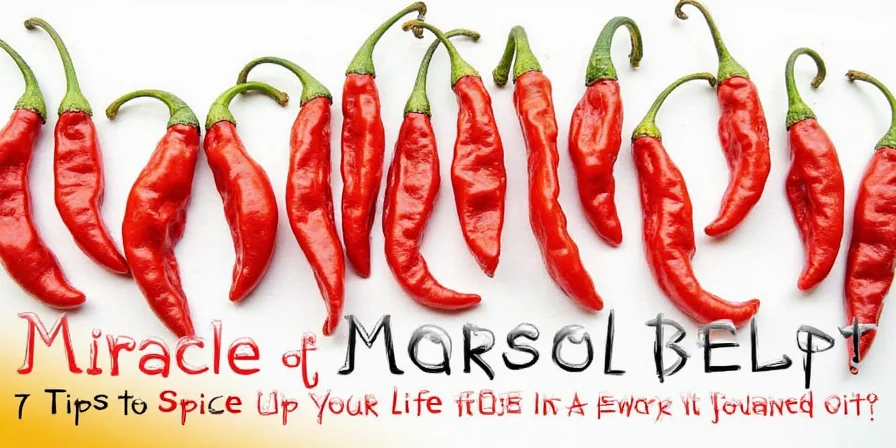
- Latin grocery stores (look for "chile mirasol seco")
- Online retailers (Amazon, specialty spice shops)
- Mexican food sections in larger supermarkets
Best Substitutes When You Can't Find Mirasol Peppers
When mirasol peppers aren't available, these alternatives work well:
- Guajillo + Cayenne combo: Use 2 parts guajillo (milder, earthy) to 1 part cayenne (adds heat)
- Dried Chipotle: Smokier flavor but similar heat level (soak 30 minutes before use)
- Fresno Chilies: Fresh alternative with comparable heat (use 1.5x quantity)
Important substitution note: Mirasol's unique fruity notes are hard to replicate exactly. For authentic Mexican mole, the guajillo/cayenne blend works best.
3 Simple Preparation Methods Anyone Can Do
Method 1: Quick Rehydration (for dried peppers)
- Place dried peppers in bowl
- Cover with hot (not boiling) water + 1 tsp vinegar
- Soak 20-25 minutes until soft
- Remove stems/seeds before using
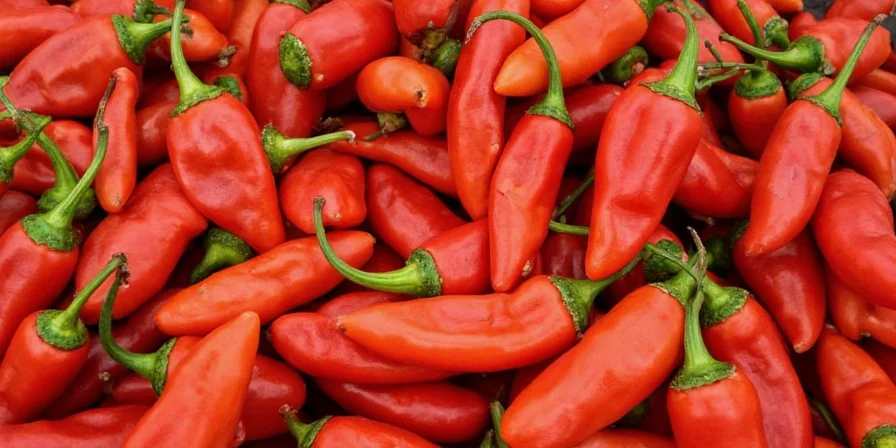
Method 2: Stovetop Roasting (fresh peppers)
- Place whole peppers directly on gas flame
- Rotate until evenly blistered (2-3 minutes)
- Place in covered bowl for 10 minutes
- Peel skin and remove seeds
Method 3: Quick Powder (for seasoning)
- Dry peppers completely (dehydrator or oven)
- Grind in spice grinder
- Sift through fine mesh strainer
- Store in airtight container away from light
3 Easy Recipes Ready in Under 30 Minutes
1. 15-Minute Salsa Roja
- Rehydrate 3 dried mirasol peppers
- Blend with 2 tomatoes, 1 garlic clove, 1/4 onion
- Add salt and 1 tsp lime juice
- Serve with tortilla chips
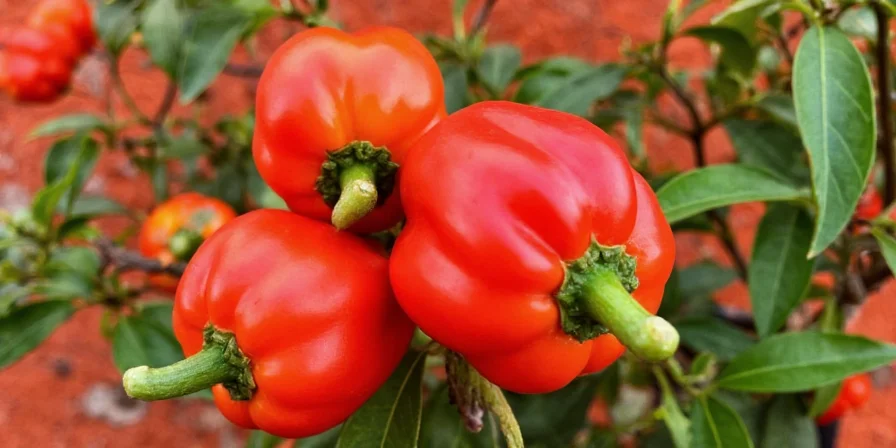
2. Simple Chicken Tinga (25 minutes)
- Shred cooked chicken
- Add 1 cup mirasol salsa (from recipe above)
- Cook 15 minutes on low heat
- Serve in warm tortillas with onions and cilantro
3. Quick Bean Boost (5 minutes)
- Add 1 tbsp mirasol powder to canned beans
- Heat through with garlic and onion
- Perfect flavor upgrade for busy weeknights
Storage Tips: Keep Them Fresh Longer
Fresh peppers:
- Refrigerate in paper bag (not plastic)
- Use within 7-10 days
- Do not wash before storing
Dried peppers:

- Store in airtight container away from light
- Keeps quality for 12 months
- Add a silica packet to prevent moisture
Ground powder: Maximum 8 months for best flavor
Health Benefits: What Science Actually Says
Research confirms these evidence-based benefits:
- Vitamin C powerhouse: Contains 3x more vitamin C than oranges by weight
- Metabolism boost: Capsaicin increases calorie burn by 4-5% for 3 hours after eating
- Heart health: Regular consumption associated with 13% lower risk of heart disease
- Pain relief: Topical capsaicin used in FDA-approved pain relief products

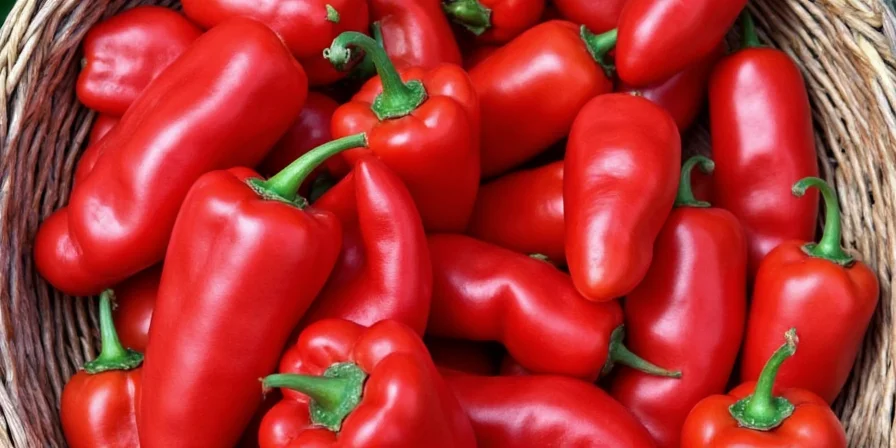









 浙公网安备
33010002000092号
浙公网安备
33010002000092号 浙B2-20120091-4
浙B2-20120091-4